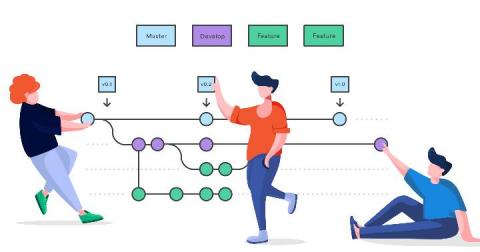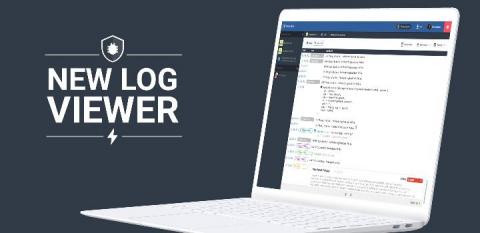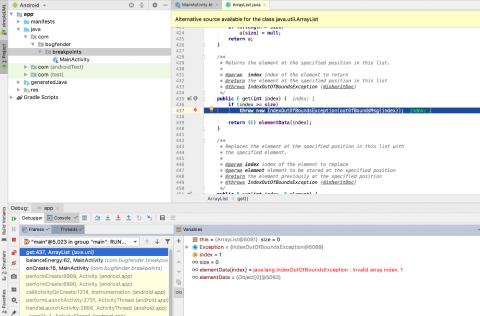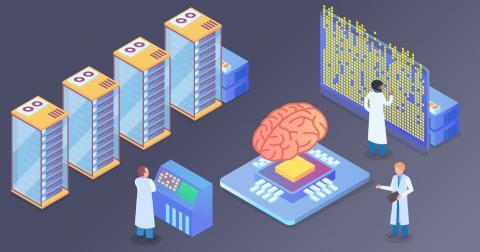Robust Development with git-flow, Bitbucket Pipelines and Bitrise
When you start a new project, everything is very easy and agile. You can develop, commit code and publish new versions quickly, without much testing. You probably don’t have a QA team, your test data is similar to your production data and you don’t develop multiple features at the same time. But as the project grows, it starts to become more and more complex.











